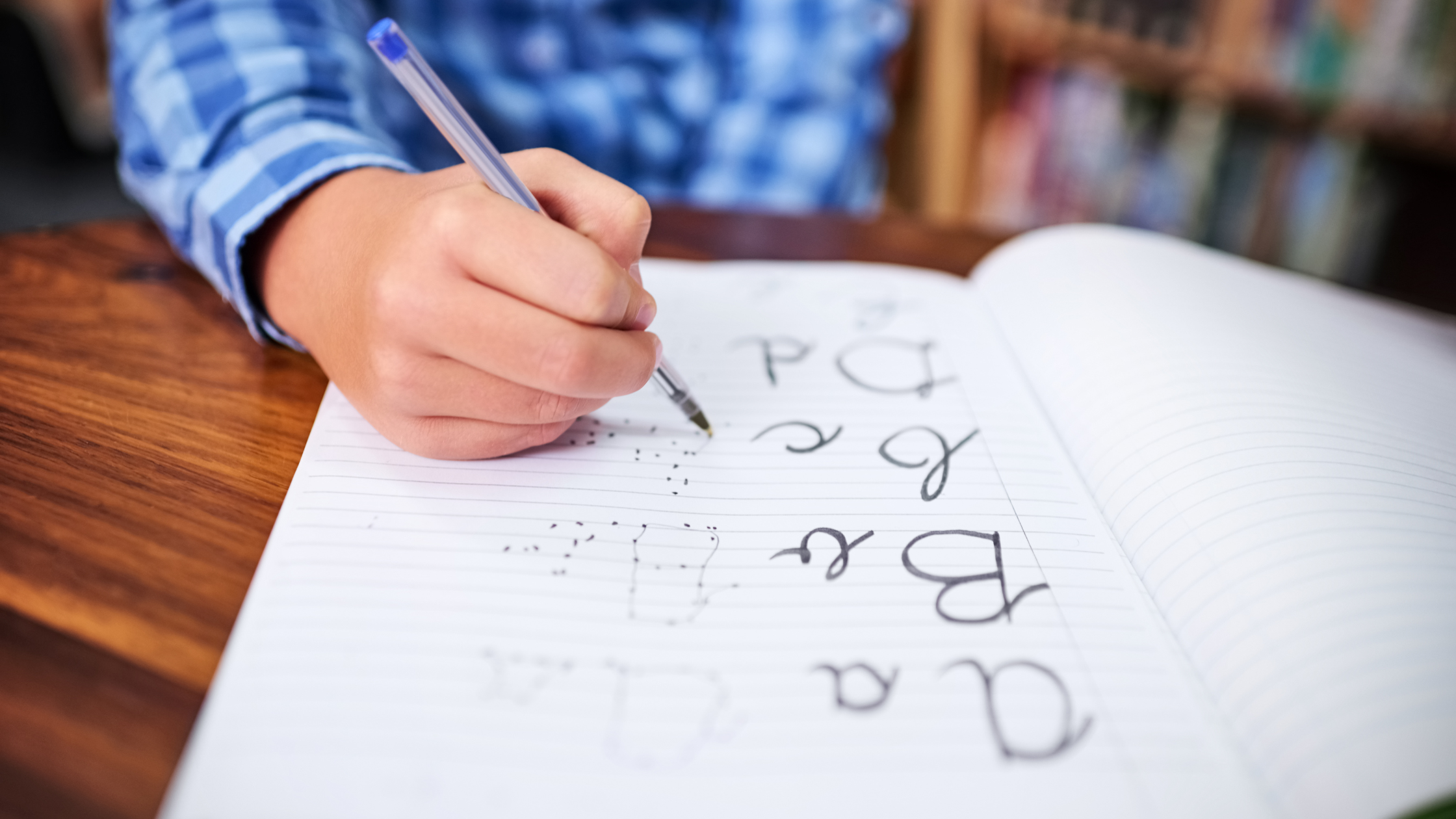

Handwriting is a complex skill of using language by pencil grip, motor skills, posture and letter formation and visual perception. Now let us understand the areas important for good handwriting:
At Aditya Birla Integrated School, the best special need school in Mumabi , We take best care for all of these aspect while pushing a child for better handwriting.
Tone plays a very important role. When muscle tone is affected, child may not have control over their upper extremity and need an extra support in form of pencil gripper or modified pencil/pen
Exercise/Activities:
For Hypotonic Child - give ball bouncing or any physical exercise or pulling Thera band before giving them writing. While they write, give them weighted cuffs or a weighted jacket or weighted pencil.
For Hypertonic Child- give them relaxing music, muscle stretch, enough support to stabilize the surface on which they will write or give modified pencil.
Make sure the child is sitting with a good base of support, arms resting on the table and good back support. This can be achieved with adjustable chair and table height. This ensures that the body does not go into fatigue quickly.
Also make sure while writing that the child's elbow and wrist is well supported and we can even add angular elevation to the position of the desk for a slight slant at eye level so that we can have good back posture.
Our muscles have their own memory which develops by doing practice. This helps to remember and write dictated words, which in turn helps in speed and accuracy.
Exercises: For this make child practise letters or words on different mediums like slate, clay, sand or painting with colour / crayons, sticks.
Fine motor skills help the child to control his grasp on pencil while writing. Handwriting depends on fine motor skills to control the pencil in order to form letters and to use correct pressure on pen and on paper.
Exercises: beading (small size beads), clip transfer, peg board games, stickers on line, picking up lentils or small beads from floor.
Ensure the child knows correct letter formation of the alphabet as it helps to make less mistakes and writing speed.
Strategy: Teach child letter formation in a stepwise manner rather than simply copying alphabets.
Keep a check on the amount of pressure a child is using while writing. Signs of too much pressure include very dark writing, heavy indents into next page and children’s hand and fingers fatiguing very quickly. If kids aren’t using enough pressure, their writing will often be too light, making it difficult to read.
Exercise: if a child has light pressure while writing practice writing on sand paper or candy sticks or erasing dark lines.
If a child has extra pressure, keep a mouse pad/ foam pad under paper.
Child needs fair-good perceptual skills to understand size / space / formation /placements of words and letters.
Strategy:
For Spacing-
Encourage children to leave at least a finger space between their words, that will make each letter look more defined and easier to read.
For letter placements-
Highlighted boundaries will help children to correctly place their letter and their size. Boundaries with any bold colours will be helpful to make them write easier.
Poor sensory processing can affect a child's handwriting skills.
Strategies:
Child who needs sensory input while writing can have different textured mat on table or chair or under feet, they can have pillow to support back and feet, instead of chair they can use bouncy ball or stacks of pillow, they can have a small fidget toy attach under desk, they can make child lie down prone (on stomach) to write for better control. Sensory writing using sand, rawa, paints or with clay can be practise before giving paper and pencil.
A good visual-motor integration is essential for good handwriting which includes eye hand coordination and bilateral integration. It greatly impacts writing skills as we use eyes to direct, guide, control hand movements across the page and to understand on which line child needs to write.
Exercises: Practise beading, lacing, spoon transfer, clip transfer, design copying on paper, overhead ball catch and throw, alternate ball catch and throw
Give break time to think and write rather then write, erase and rewrite as it demotivates child.
Before using a pencil or crayon let your child explore world with hands without worrying about dirt and hurt.
Occupational Therapist
Avani Rana